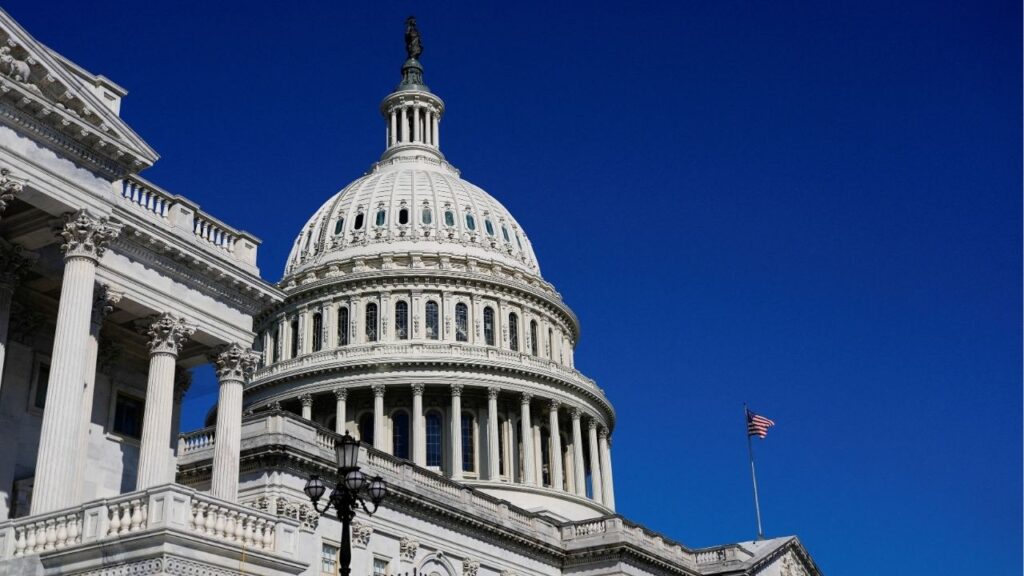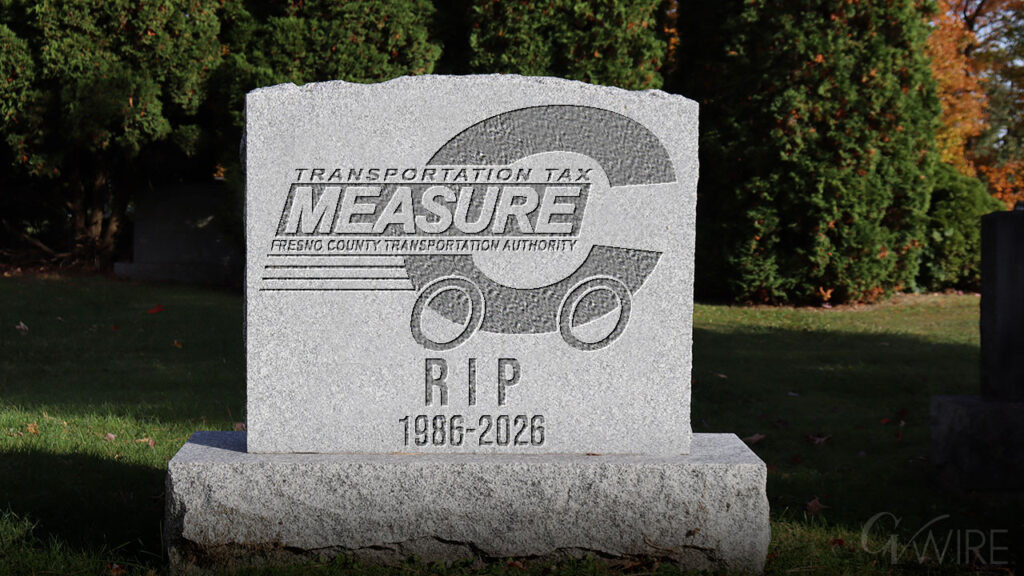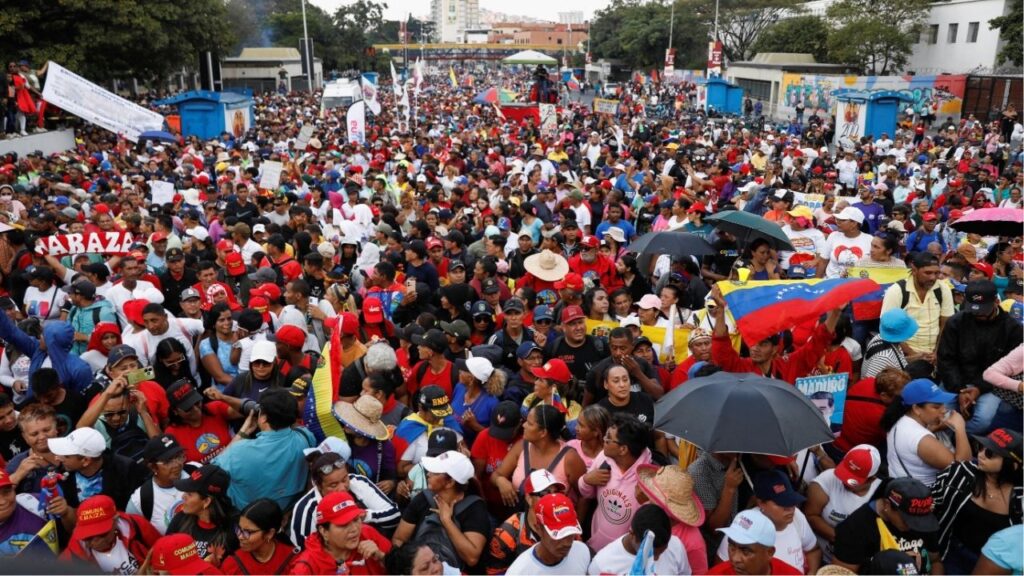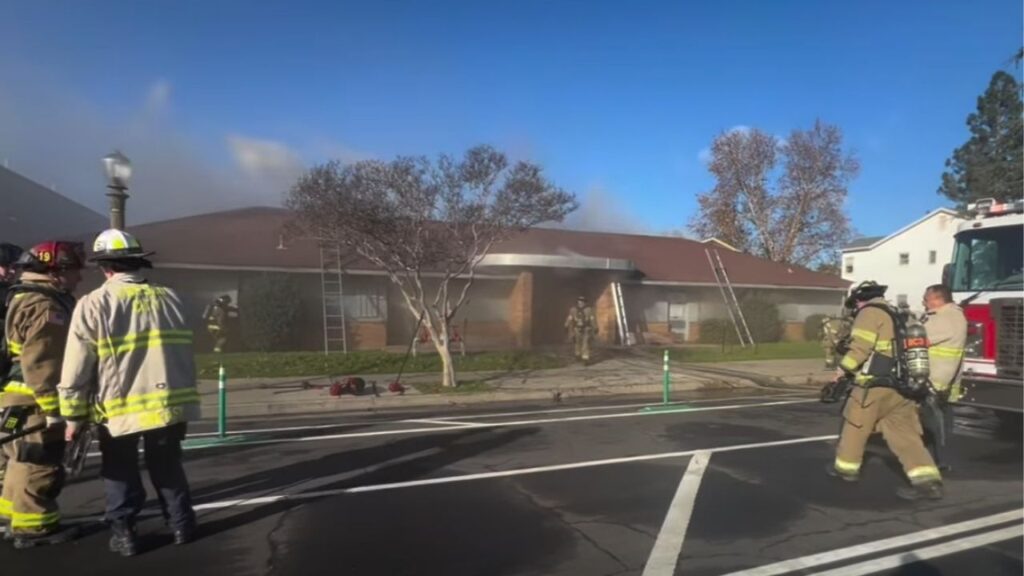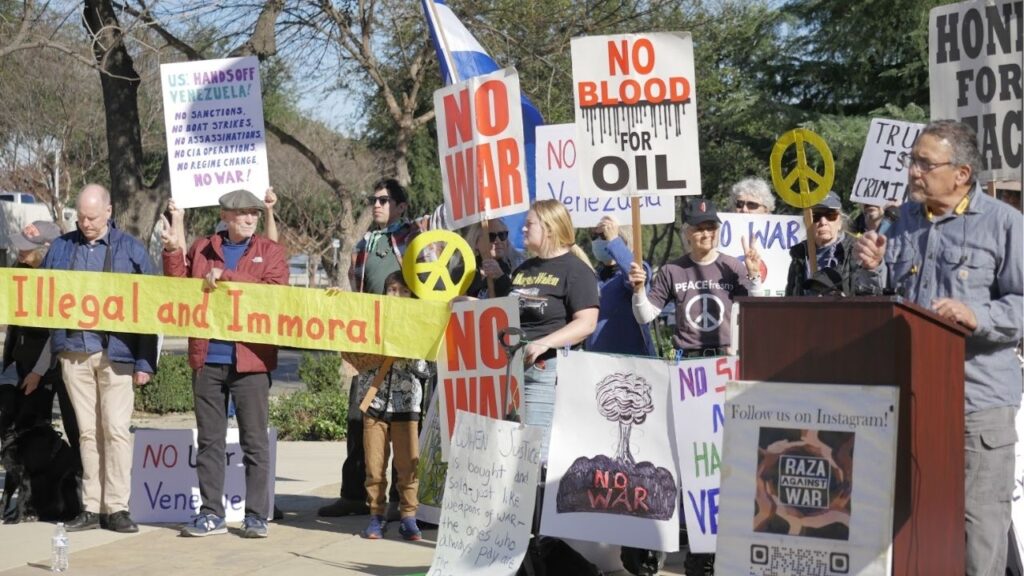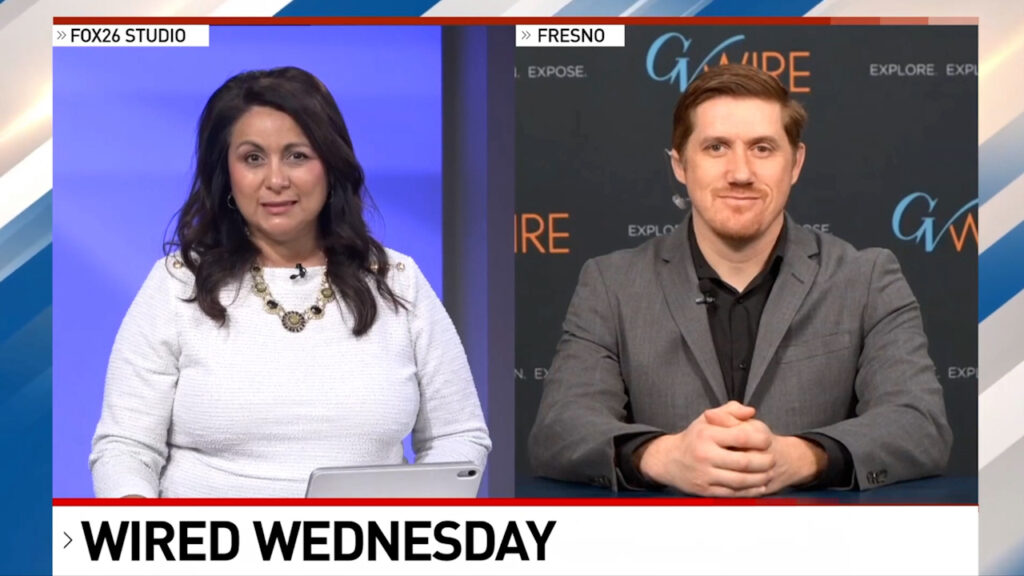Share
Did someone say that suspending the responsibilities for renters to make their payments due to the pandemic on time would create problems? Of course they did. And of course it has.
By the end of the year, Californians will owe as much as $1.7 billion in back rent, says a Federal Reserve Bank report. That’s nearly a fourth of every dollar of back rent owed rent nationwide.
That’s quite a sum, but the difficulties it creates for renters is only part of the story. What about the California property owners who are owed $1.7 billion. Will they ever get what’s rightfully theirs?
The delinquencies were surely encouraged by a law passed and signed over the summer that set a moratorium on evictions for non-payment of rent caused by pandemic financial hardship until Jan. 31, 2021. Renters who paid nothing between March 1 and Aug. 31 of this year could not be evicted. To avoid eviction next year, they have to pay 25% of the back rent they accrued between Sept. 1, 2020 and Jan. 31, 2021 by the end of January. Beginning on March 1, 2021, landlords can begin to sue their tenants to collect the debts.
The law, Assembly Bill 3088, essentially codified Gov. Gavin Newsom’s March 27 executive order, which prevented “landlords from evicting tenants for nonpayment of rent and prohibits enforcement of evictions by law enforcement or courts” when renters are unable to pay due to virus-related financial setbacks. A few weeks later, the California Judicial Council placed a moratorium on evictions and foreclosure filings. It voted in August to end it on Sept. 1.
Yes, Some, Maybe Even Most, Tenants Will Pay in Full What They Owe
No one wants to see Californians thrown out on the street because they couldn’t pay rent after losing their jobs due to the lockdown. But when the law demands property owners forgive the financial responsibilities of tenants who entered into a private agreement, it seems a moral hazard has been created.
Yes, some, maybe even most, tenants will pay in full what they owe. The incentive to walk away when the back rent bill comes due, however, has been set, and every dollar that goes unpaid has an impact down the line, from landlords to investors, from retirees to middle-class and working families, whose money is tied up in securitized mortgages.
Tim Coyle, a former state housing director, now a consultant, says he’s concerned the rent deferments will have harmful effects on the housing stock, as regular maintenance in some cases will be delayed.
“Then I worry,” he added, “about the myriad unpaid bills to thousands of small businesses, like plumbers and electricians.”
As unnecessary legislation goes, AB 3088 would be near the top. Veteran journalist Steven Greenhut, who owns rental properties himself and should know, says “most landlords will work with their tenants.”
“That’s what they do even when there isn’t a pandemic that’s leading to vast economic dislocations,” he wrote in April in the Orange County Register. “No sensible landlord is going to initiate an eviction proceeding in the midst of the current mess.”
Public Officials Have Been Almost Singularly Focused on One Strategy to Mitigate the Virus
The “current mess” is likely to extend well beyond AB 3088’s Jan. 31 closing date. With 41 counties now in the Purple Tier, the most prohibitive level, more closures are coming, more jobs will be lost, and more rent payments missed.
The Los Angeles Times says the coronavirus has already “crushed California’s workforce,” which is a bit misleading since it was the “business closures and mass layoffs” that killed jobs, not the virus itself. Prior to the mid-March lockdown, roughly 350,000 Californians were receiving unemployment assistance. By late April, 4.8 million were. The numbers fell sharply after markets adapted and the lockdown door opened slightly in May, but 1.4 million remain on assistance, a number that will soon start to grow as restrictions get more traction.
Because public officials have been almost singularly focused on one strategy to mitigate the virus, California workers suffered disproportionately from the lockdowns. While only 12% live here, one-fifth of all jobless claims made in late October were filed by California workers. Throughout the pandemic the state regularly recorded numbers inconsistent with the population. California isn’t the only state to endure harsh pandemic restrictions (which research says have failed to stop the spread of the virus). But California rules have arguably been the most restrictive in the country. The results are evident in the ugly economic data.
About the Author
Kerry Jackson is a fellow with the Center for California Reform at the Pacific Research Institute.
[activecampaign form=19]RELATED TOPICS:
Categories

US Federal Agents Shot Two People in Portland, Police Says
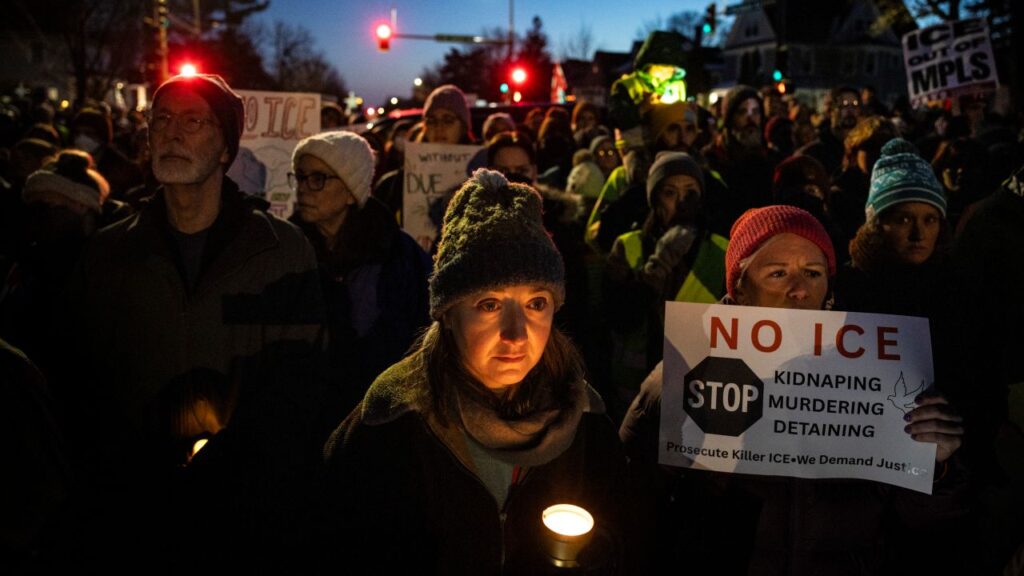
By Killing Renee Good, ICE Sent a Message to Us All
